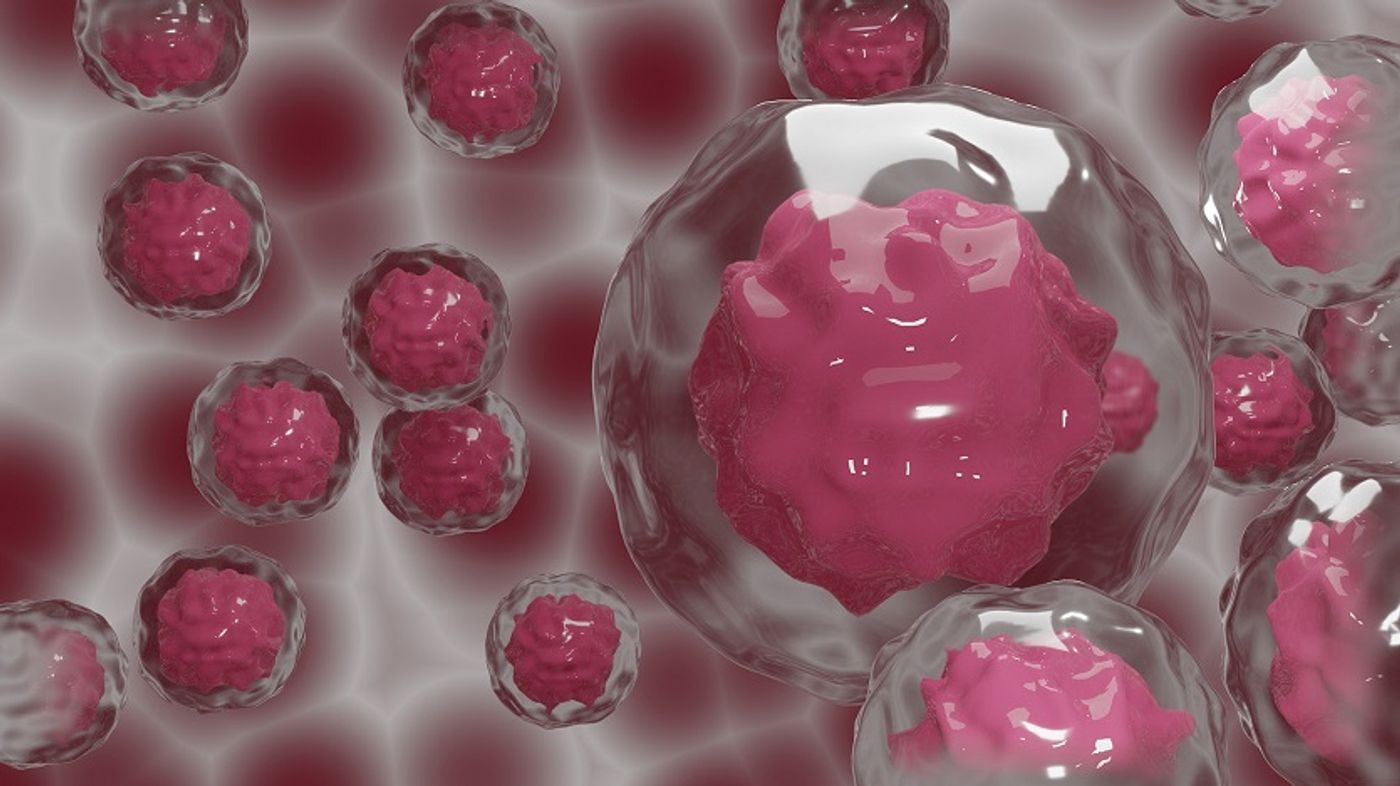Investigating New Anti-Blood Clotting Treatments
When it comes to your cardiovascular health, it is important to look at more than just your heart. The cardiovascular system could be summarized as a pathway for your blood to run through your body. Any issues with the proper flow of blood can cause major damage to the body. These issues can be things such as heart dysfunction, obstruction of a blood vessel, or (the scariest, in my opinion) blood clots.
Blood clots form when there is an injury to the blood vessels. The body responds by combining platelets with fibrin at the wound, where they coagulate and prevent blood loss. However, abnormal blood clots can block blood flow and cause tissue damage.
Several things can be done to prevent blood clots, from exercising to a healthy diet, but some factors are out of your control. Scientists have sought to identify any biomarkers against the risk of blood clots and have found a few with promise.
The Von Willebrand factor (VWF) is one such biomarker. It is a small protein involved in the initial blood clot formation caused by high shearing forces. These shearing forces are usually due to high blood flow surrounding clogged arteries. It is already considered a poor prognostic indicator for cardiovascular health, and anti-VWF drugs have some promise for blood clot treatment and prevention.
A team from the Medical University of Vienna in Austria sought to test a new anti-VWF drug, BT200. They set up blood clotting experiments using endotoxin (the toxic part of bacteria) and desmopressin (a kidney drug) to activate VWF. They would then treat the blood with BT200 and observe how it affected VWF activity.
BT200 treatment managed to inhibit VWF activation in all cases. The most significant find was that effective BT200 dosage was tied to VWF levels. This gives critical dosage information for future studies, and retroactive analysis showed that this characteristic was shared amongst all VWF inhibitors. Conventional clotting inhibitors usually do not catch VWF dependent clotting, so more research is needed into this treatment pathway.
The team concludes, “Even under conditions of stimulated VWF release, BT200 potently inhibits VWF activity and VWF-dependent platelet function. This is in contrast to conventional platelet inhibitors whose effects are compromised by elevated VWF under high shear rates.”
Sources: Nature Scientific Reports, LearnBlood









